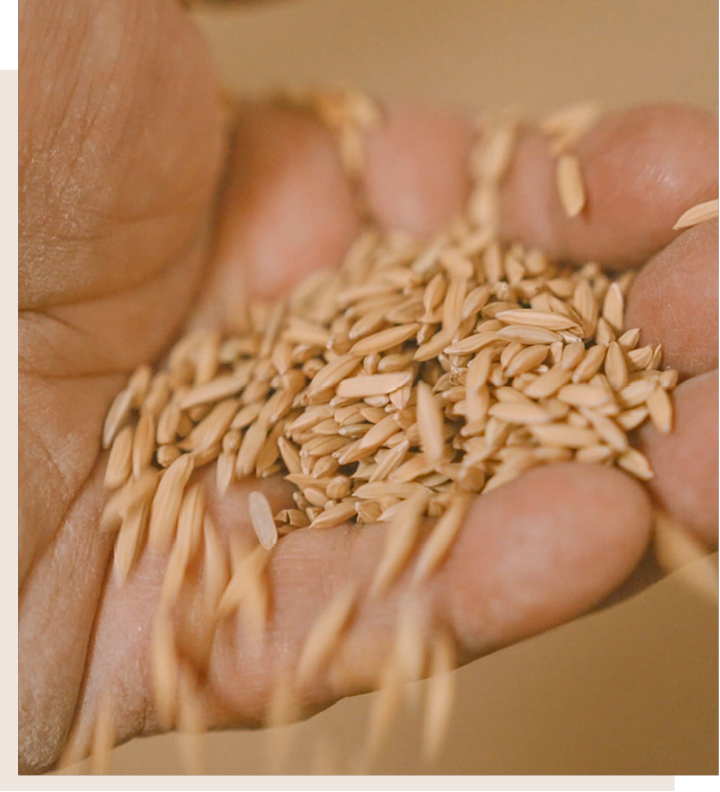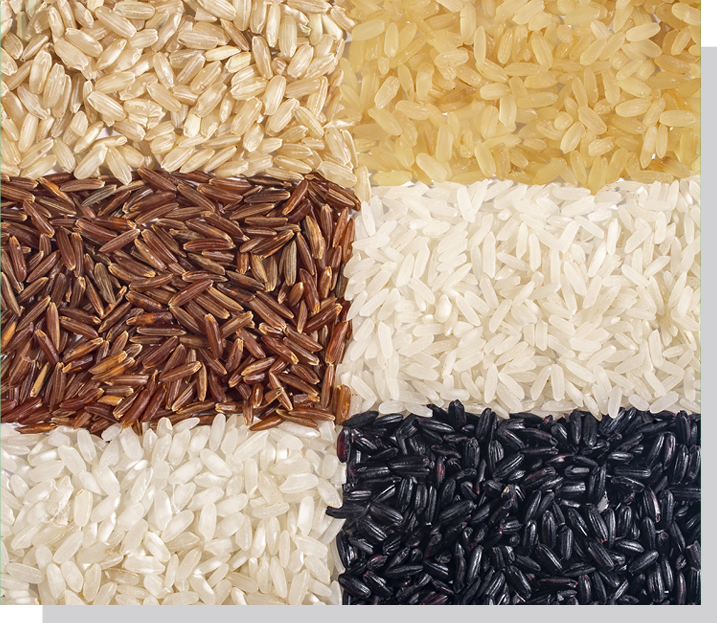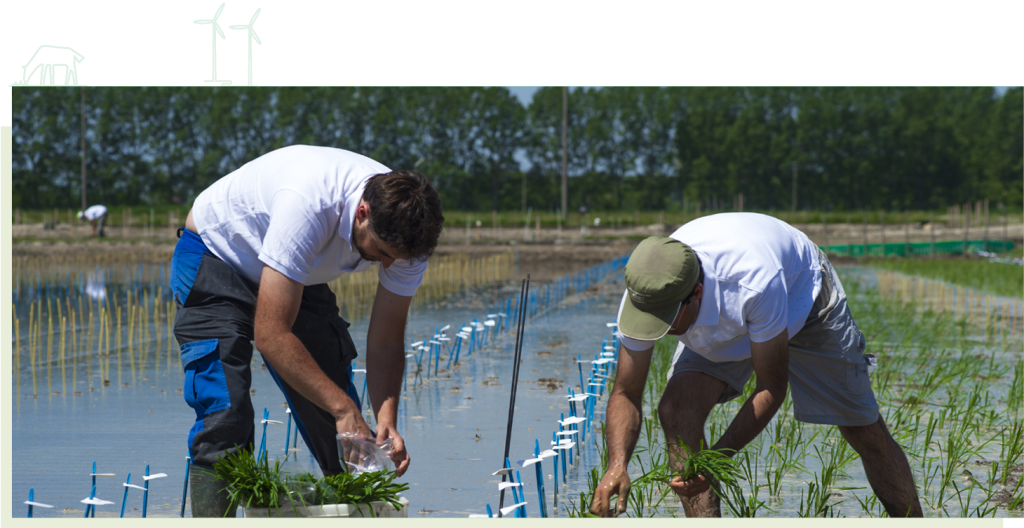
European Rice
In the Mediterranean countries of Europe, the consumption of rice has a particularly important socio-cultural significance, and its production also plays a vital ecological role.
Rice production in the European Union accounts for just 0.4% of the world total, but its products, especially in comparison with rice varieties from Southeast Asia, are of a superior quality in terms of nutrition, organoleptic characteristics and food safety, as well as sustainability. Indeed, the element that makes European rice truly special is the all attention paid to environmental issues that characterizes its production methods. Quality and respect for the environment bring even more flavour to the consumption of European rice.

How to recognize European rice
Globally, there are two main types of rice:
– Japonica rice
– Indica rice
The most prominent European rice is Japonica, which accounts for about 10% of world production. This rice, grown mainly in Mediterranean climates, has a grain that can be short, medium or long, and is typically marked and marketed with the names of the particular varieties. Italy, France, Spain and Portugal are among the major European Japonica rice producing countries. In the 1980s, Europe also began to produce grain rice varieties with a longer and more tapered form, similar to Indica, to meet the emerging needs of the Northern European market.
In recent years, aromatic varieties, originally from Southeast Asia, have been increasingly popular and have found a fervent niche for cultivation in Europe, with a growing proposal of Italian and European varieties. Also of great interest are varieties with a pigmented black or red pericarp, which have particularly interesting nutritional properties, as they are rich in anthocyanins and flavonoids.
The watchword is “sustainability”
Rice that is grown in Europe is distinguished by a series of unique characteristics acquired by the product during each of its production stages. First of all, the environment in which European rice is grown, the paddy field, contributes to safeguarding ecosystems, preserving rural areas, promoting biodiversity and combating climate change.
Indeed, European rice landscapes are synonymous with a rational use of environmental resources and respect for the balance of nature. Consuming European rice, therefore, means supporting these unique values, which form an integral part of the tradition and culture of our continent.

Where does the quality of European rice come from
Rice products from Italy, Portugal and France are a guarantee of quality and food safety. The varieties grown in these Mediterranean countries have unique organoleptic characteristics and their production is perfectly traced from the moment of their sowing right through to their sale.
By buying European rice, consumers know what they are putting on their plate: a safe product that respects the highest quality standards through every stage of production.
A guarantee that comes from checks and controls
To guarantee the quality of marketed products, in-depth checks, controls and analyses are carried out in European rice-producing countries that take into consideration a whole host of aspects. Various types of analyses are preformed, each based on assessments of the qualitative characteristics of individual grains. First of all comes their healthiness, which is guaranteed by compliance with legal limits on defects, heavy metals and pesticides.

Nutritional checks are then performed, with the results clearly communicated on labels accompanying the products and referring to the make-up of the rice, such as its content of carbohydrates, lipids, proteins, fibre, and so on.
Rice is, in fact, a peculiar product, and, in order to better understand its use in cooking, it is essential to consider amylose, the linear component of starch that determines its transformation on cooking in terms of properties such as consistency and stickiness. It is also important to consider the time it takes to gelatinize, which goes hand in hand with cooking time.
It is also worth highlighting the sensory analyses that can be performed on rice. In addition to general descriptive analyses, it is extremely important to determine the qualities of appearance, aroma and flavour, which are evaluated by a panel of judges who are experts in recognizing and discriminating the differences in aromatic varieties.
For all these reasons, the European rice that we bring to the table is great for the environment in which it is produced, but also offers certainties in terms of food safety, organoleptic properties and nutritional quality. It’s an excellence that perfectly marries the great culinary traditions of the three major producing countries, becoming one of their most authentic and genuine expressions.

